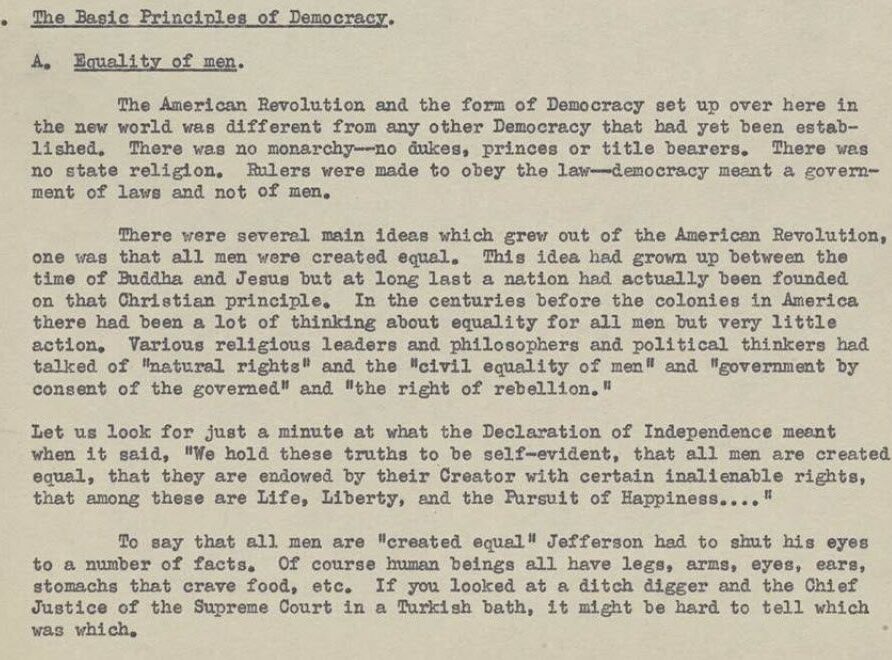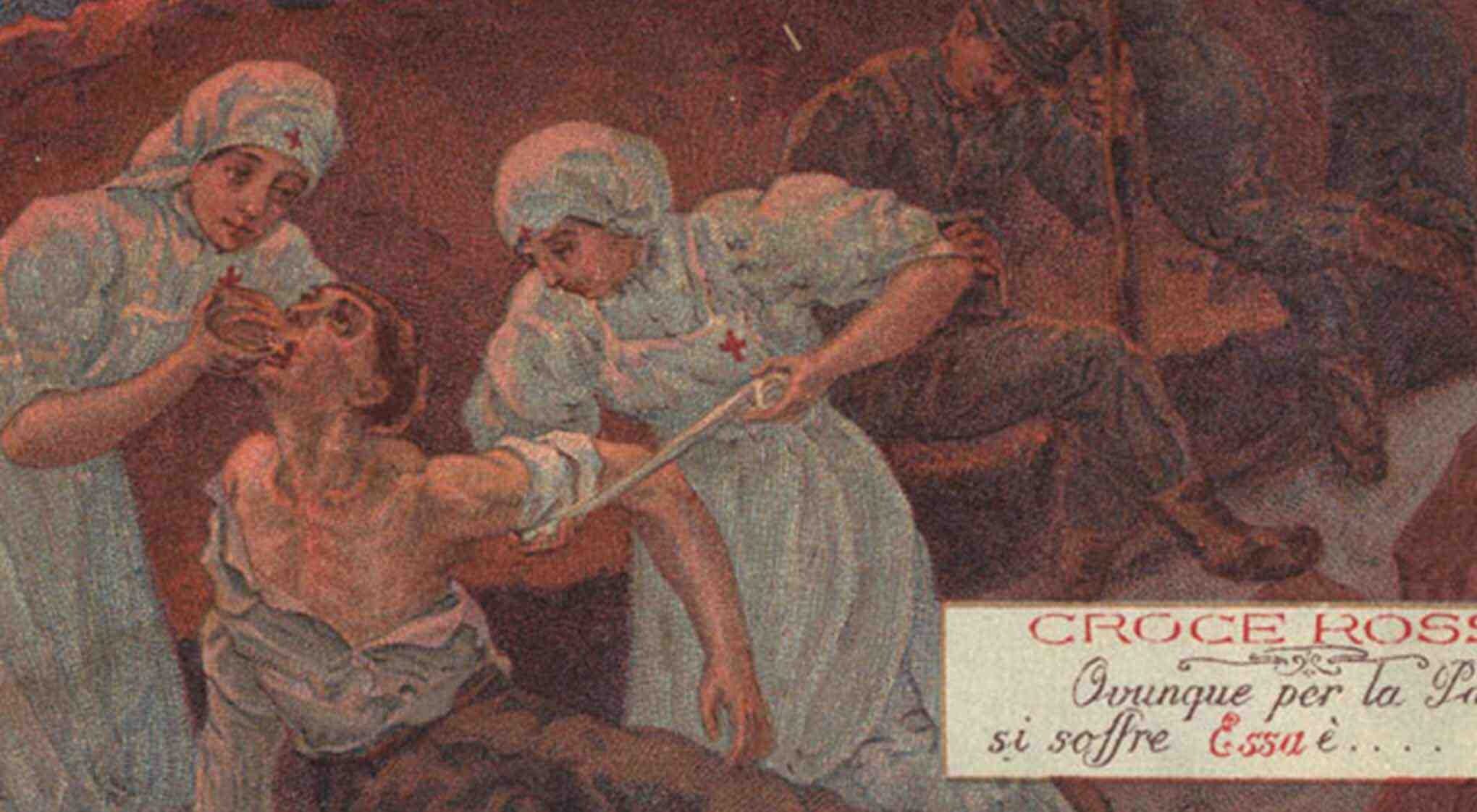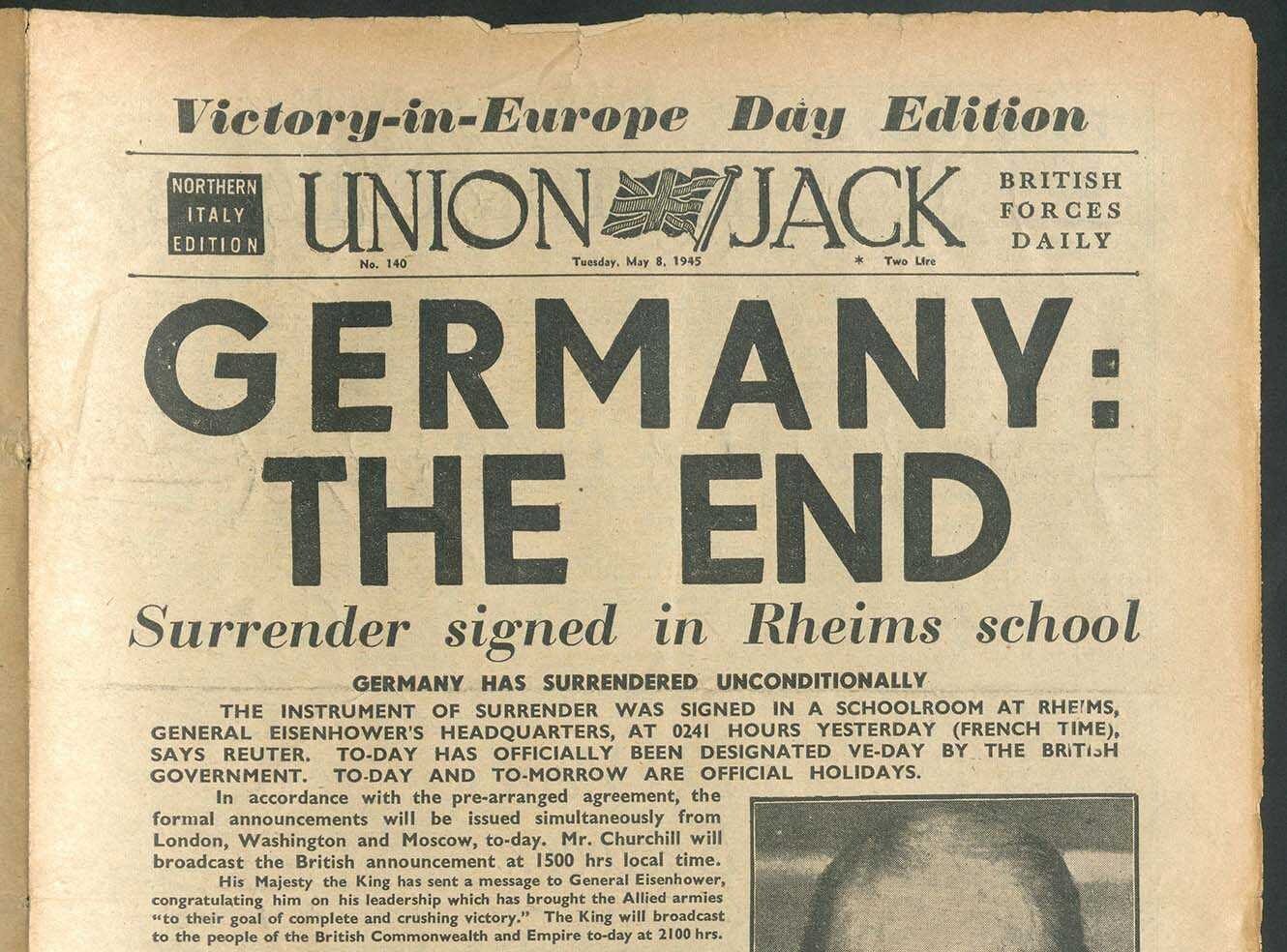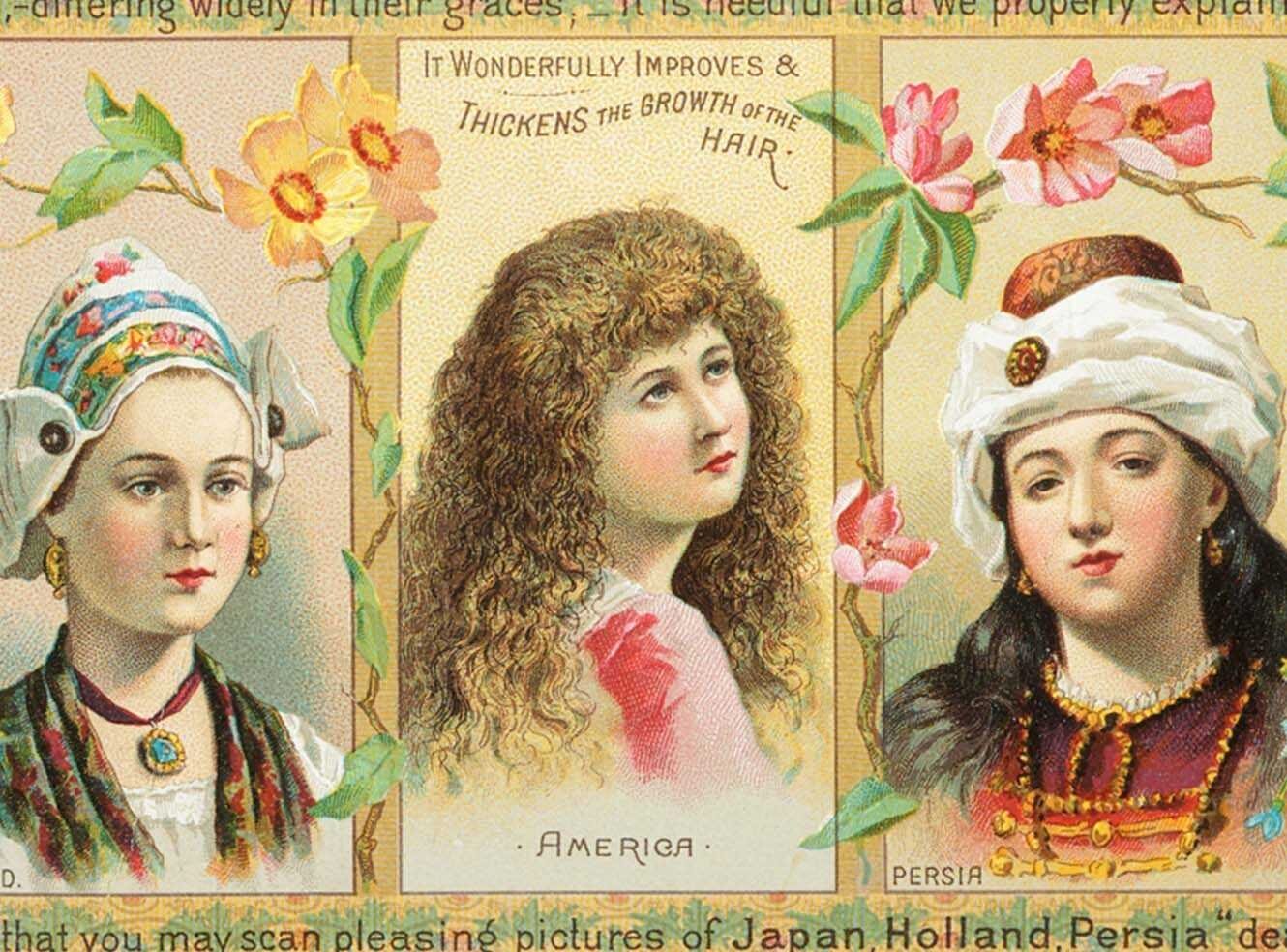Medical Services and Warfare
Explore the history of illness, treatment and disease on international front lines from 1850 to 1949.
From the beginning of the Crimean War to the discovery of penicillin, Medical Services and Warfare gathers material from multiple conflicts to build a picture of the experience and development of medical practice as influenced by the wars of the late nineteenth and early twentieth centuries.
This collection focuses on the Crimean War, the American Civil War, the First World War, and the Second World War among other conflicts. The impact on medicine during peacetime is also charted, notably through documents relating to the influenza epidemic of 1918 and post-war rehabilitation.
Powerful handwritten text recognition (HTR) search functionality supported by essays, biographies and interactive features enables a comparative approach to the study of medical practice and innovation during wartime, empowering scholars and students to chart the progress of developments across conflicts and nations.
Highlights
Module I
- More than 5,000 letters, notes and reports from The Florence Nightingale Papers at the British Library are now full-text searchable with handwritten text recognition (HTR) technology
- The Jonathan Letterman Collection: correspondence and memoirs from the ‘father of battlefield medicine’
- Personal papers of VADs and medical personnel from the Liddle First World War collection
- Interactive mortality data from the American Civil War including detailed patient lists and outcomes
- The American Red Cross collection from the Hoover Institution
- Family correspondence from Civil War nurses and soldiers of both armies
- The Douglas C. McMurtrie collection of printed works on disability and rehabilitation
- Civil War hospital registers from the Briscoe Center for American History
- Papers from the Canadian Department of National Health detailing responses to the 1918 flu epidemic
- Images of artefacts including prostheses, surgical equipment and uniforms
Module II
- The Julius S. Schreiber Papers covering his work on fitness evaluations and mental health training
- The Stanhope Bayne-Jones collection: material on the US Typhus Commission and The Armed Forces Epidemiology Board
- Personal papers of senior British defence personnel, including personal accounts, diaries, letters and official documents relating to their service
- Material from British Government W0222 Medical Historians' files
- The papers of Ivan Brown, Leo Alexander, Norman Ross, and Opie Norris Smith, physicians at the 65th General Hospital
- Personal letters and diaries of British and American Military Medical personnel
- Material by the renowned Professor of Psychiatry, Sir Aubrey Lewis
- Documents from the International Red Cross and Red Crescent Societies, Geneva
- Second World War footage from the BFI produced on the use of penicillin and advances in blood transfusion
Modules include
| Module | Summary | Date |
|---|---|---|
| Module I: 1850-1927 |
Medical Services and Warfare: 1850-1927 presents military, scientific, professional and personal perspectives on medicine during conflicts across North America and Europe. The collection covers developments including x-rays, plastic surgery, artificial limbs and sanitation, with a focus on rehabilitation, nursing and the psychological toll of war. Thousands of primary source documents selected from prestigious archives and libraries provide a breadth of perspective and material types, from military hospital records of the First World War to the family correspondence of Civil War soldiers and the medals they brought home. |
1850-1927 |
| Module II: 1928-1949 |
This major multi-archival resource documents a range of military medical developments which changed modern medicine and patient care from the inter-war period to the mid-twentieth century. Collections show how the requirements of increasingly modern warfare and the treatment of wounded soldiers brought about solutions which were later made available for civilian use, and include materials on the antibiotics age, plastic surgery, the awareness and treatment of typhus, malaria, burns and psychiatry. |
1928-1949 |
Key data
Period covered
Source archives
- Briscoe Center for American History, The University of Texas at Austin
- The British Film Institute
- British Library
- Duke University Medical Center Library & Archives
- Hoover Institution Library & Archives
- International Federation of the Red Cross and Red Crescent Societies, Geneva
- Kings College London
- Library and Archives Canada
- National Museum of Civil War Medicine
- Special Collections, University of Leeds
- The Museum of Military Medicine, UK
- The National Archives, UK
- The New York Academy of Medicine Library
- U.S. National Library of Medicine
- United States Army Heritage and Education Center, Carlisle Barracks
- Ambulance systems
- Blood storage and shipment
- Disability
- Hospital care
- Humanitarian relief
- Medical developments and equipment
- Mental health
- Nursing
- Personal experience
- Public health, welfare and reform
- Physical fitness and performance enhancement
- Rehabilitation
- Sanitation
- Surgery
- Women at War
- Vaccines and antidotes
- Hospital reports and registers
- Correspondence
- Memoirs and diaries
- Printed books and periodicals
- Maps, charts and hospital plans
- Photographs, postcards and illustrations
- Objects
- Government documents
- Scientific notebooks
- Audio visual material
- Julie Anderson, University of Kent
- Sebastian Browne, Canterbury Christ Church University
- Christine Hallett, University of Manchester
- Peter Leese, University of Copenhagen
- Sanders Marble, AMEDD
- Emily Mayhew, Imperial College London
- Lynn McDonald, University of Guelph
- Jessica Meyer, University of Leeds
- Melanie Oppenheimer, Flinders University Australia
- Hans Pols, The University of Sydney
- Terry Reimer, National Museum of Civil War Medicine
- Jeffrey Reznick, U.S. National Library of Medicine
- Dale Smith, Uniformed Services University
- European Studies
- Great Britain, Republic of Ireland and Northern Irish Studies
- History of Medicine
- North American Studies
- War and Conflict
- Browse the Florence Nightingale interactive data visualisation, based on the famous coxcomb diagrams, to identify trends and to filter across letters, notes and reports featured within this unique collection
- Contextualising essays from a range of academics on topics such as nursing, hospital care and the development of modern medicine
- Directories of key personnel and medical developments
Collection insights

During the Second World War, the Declaration of Independence and other milestones in American history were pressed into service to bolster morale and motivation among new recruits to the US Army.

Global conflict naturally incurs all manner of hardships and challenges, but one that rarely permeates modern discussions of the First World War is the exponential spread of sexually transmitted diseases, or the effort made to curb them.

For many WWI servicemen, the return to pre-war normality seemed a physical impossibility. According to contemporary data, around one in every seven soldiers was discharged after receiving life-changing and debilitating injuries during the war.
Reviews
A unique collection of primary source materials in a resource full of interactive features that makes research into this somewhat grim field almost enjoyable.
- Author: J. D. Whifill, Bethel University
- Publisher: CHOICE
Rich content on the evolution of medicine
- Author: ARBA
- Publisher: ARBAonline





